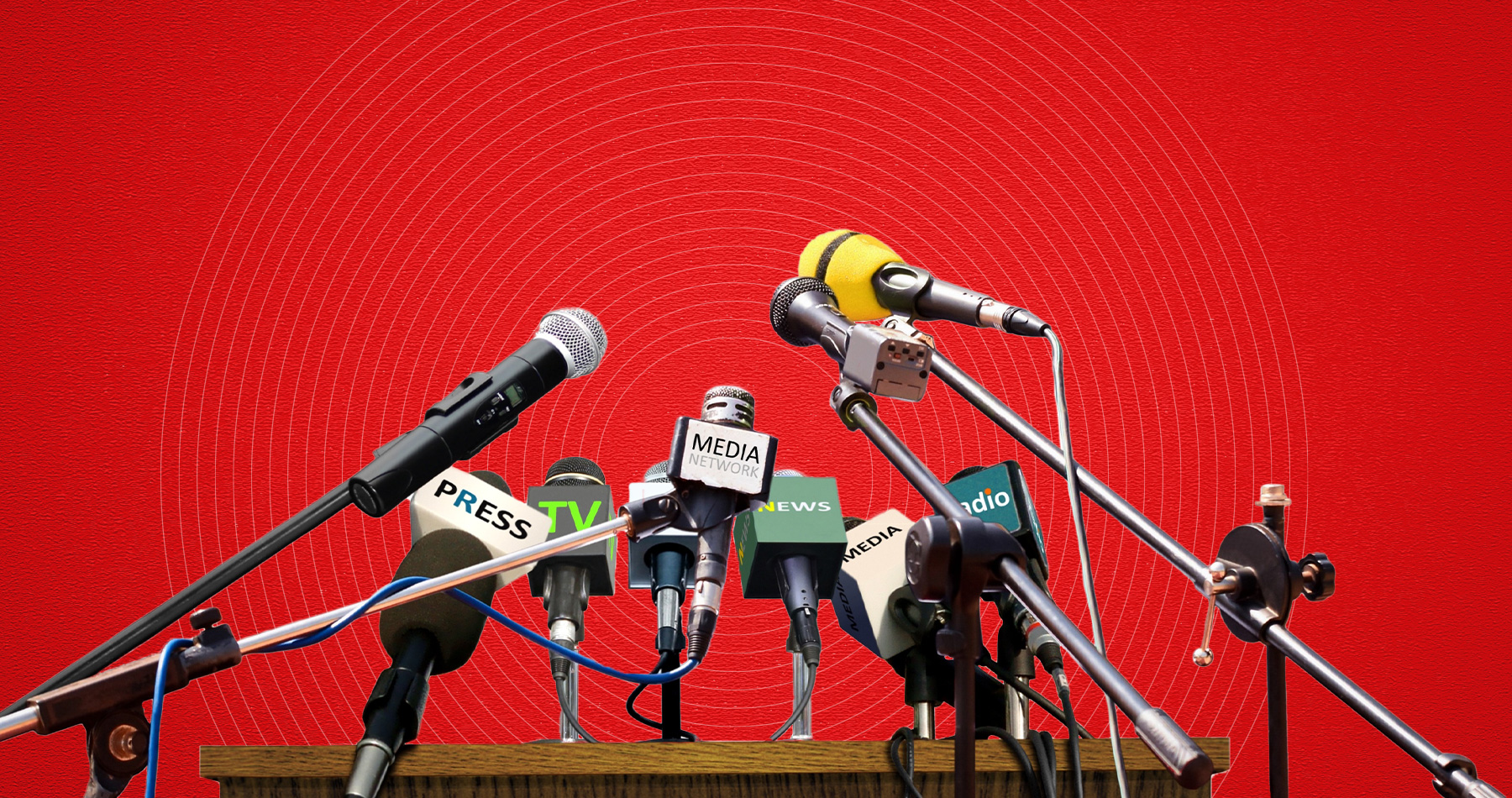In today’s fast-paced world, executives aren’t just leaders within their organizations. They’re public figures who represent their personal and professional brands on a local, regional, or even global stage.
A banking executive was asked to join a financial podcast about improving customer experiences. Well-versed on the topic, the executive was confident about what to say but was unfamiliar with how to approach a long-format interview and keeping her responses conversational, while staying on message.
A CEO of a national company was asked to appear live on a national TV news program and had less than three hours to be at the studio. He had a brief meeting with his PR adviser, and they worked together to identify concise messaging. He also used a visual aid attached to the TV camera stand that offered prompting words as cues, so that he could focus on his physical presence and how he was going to say his points.
The ability to communicate effectively with the media and audiences in a variety of formats and channels—from articles to podcasts and everything in between—has become a crucial skill for those looking to build awareness or generate demand. It’s more important today at a time when media newsrooms and resources are shrinking, and more often the story elements are coming from the PR pro.
That’s where media training comes in.
Media training equips those who need to present to an audience the tools they need to handle a tough Q&A, a conference presentation, a press conference to media, and yes, that dreaded TV interview, with confidence, clarity and poise.
Beyond the development of key messages, media training emphasizes the physiological aspects of public speaking, allowing professionals to control their physical presence and deliver their message as clearly and effectively as your favorite keynote speaker.
Still not sure if media training is for you? Check out these five key benefits below.
Famed American journalist and syndicated columnist, Roscoe Drummond, once said, “The mind is a wonderful thing. It starts working the minute you are born and never stops until you get up to speak in public.”
It may sound odd, but breath work is half the battle when it comes to great public speaking. Breathing helps the mind catch up to the mouth before a person speaks and helps center someone when communicating that first message.
We all have a go-to crutch word.
And as Harvard Business Review highlights, eliminating them isn’t easy. The best public speakers learn how to leverage pauses for maximum effect. Phonetic data shows that the average speaker only uses 3.5 pauses per minute, and that’s not enough.
While leaning into pauses over crutch words can a tough habit to break, we’ve helped clients identify their crutch words and pair them with an action to build self-awareness. From there, breaking the habit is as easy as tapping your leg.
Practice more than you think you should. The Harvard Business Review also suggests that the optimal ratio of preparation to performance is one hour of practice for every minute of presentation.
We hear it from executives we have met all the time: “I had a great interview with the reporter that lasted nearly 40 minutes, but what was quoted is not my most important point.”
At the heart of media training is the enhancement of communication skills.
By articulating your thoughts clearly and concisely, you can ensure your key messages are conveyed effectively. This is particularly important when dealing with complex issues or crises, where the clarity of communication can make a significant difference. Media training helps executives develop a structured approach to communication, focusing on impactful soundbites, delivering your key message clearly in mere seconds.
Facing the media can be a daunting task, even for the most seasoned executives. Media training provides a safe environment to practice and refine interview techniques, helping executives utilize strategies to handle media interactions with ease.
Through mock interviews and role-playing exercises, professionals can simulate their most feared real-world interview scenarios and receive constructive feedback and guidance on how to overcome them with ease. This preparation helps to alleviate anxiety and offers ways to adapt so they can gain control of what they want to say and deliver it with impact.
Pro tip:
Every interaction with the media is an opportunity to reinforce your company’s brand.
Media training and the development of key messages helps executives align their communication with the organization’s values, mission and vision. By developing a deep understanding of the brand and its key messages, executives can ensure consistency and coherence in their public statements. A brand’s executive has a direct correlation with how people perceive that brand.
Executives are often seen as the face of the company, and media training helps them project a polished, professional image. From body language to tone of voice, every aspect of your presentation is fine-tuned to create a positive impression that inspires trust and credibility among internal stakeholders, including your employees, investors and peers.
If you don’t tell your story, who will? In the case of the bank executive on a podcast, and the CEO on a national news program, they both understood the value of telling their stories. They were nervous about the delivery. It’s human nature to be nervous. With media training, you become aware of how to adjust techniques to create greater confidence in your delivery. You start small by working on one or two things. The ability to communicate with the media can be a differentiator for you and your company, positioning you and your organization as an innovative industry leader.
Curious to learn more? Contact us. We’d like to hear from you.
